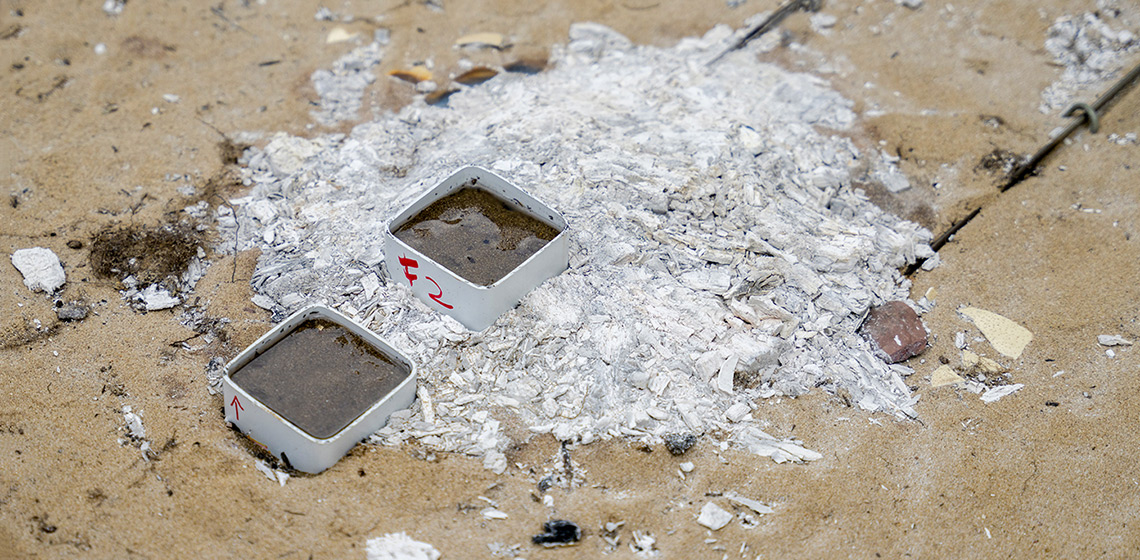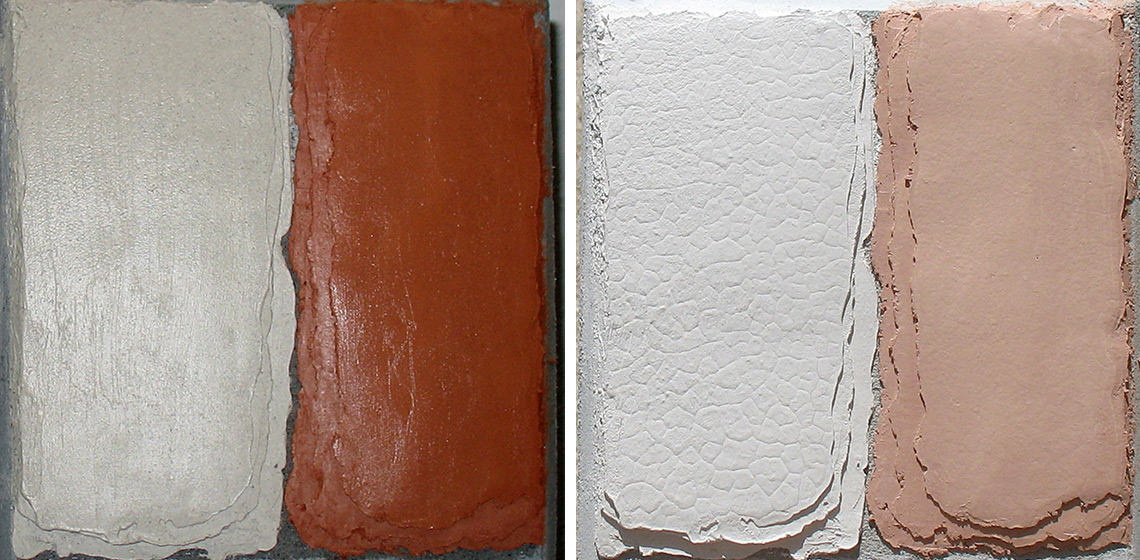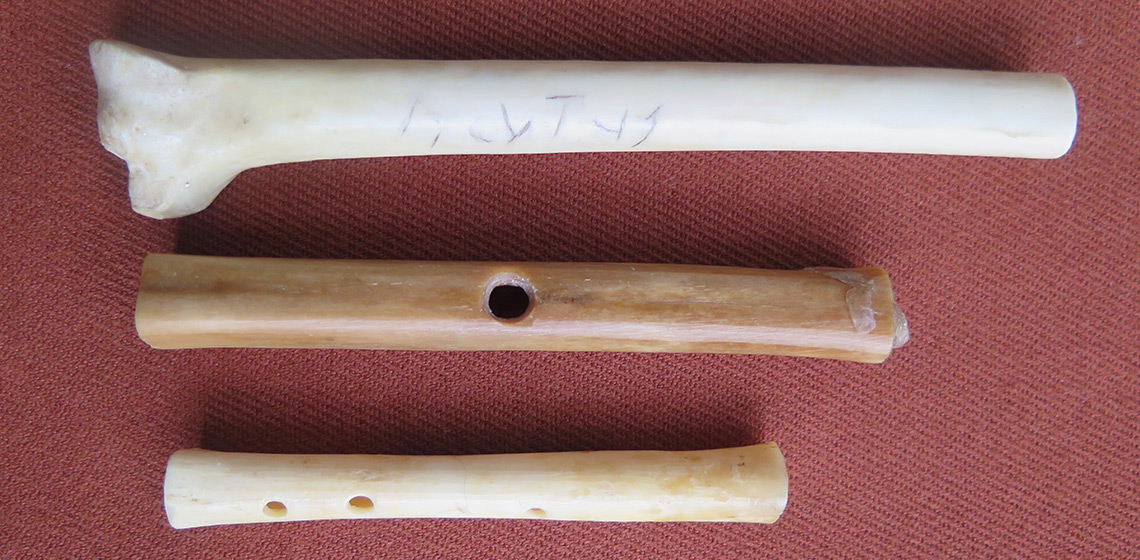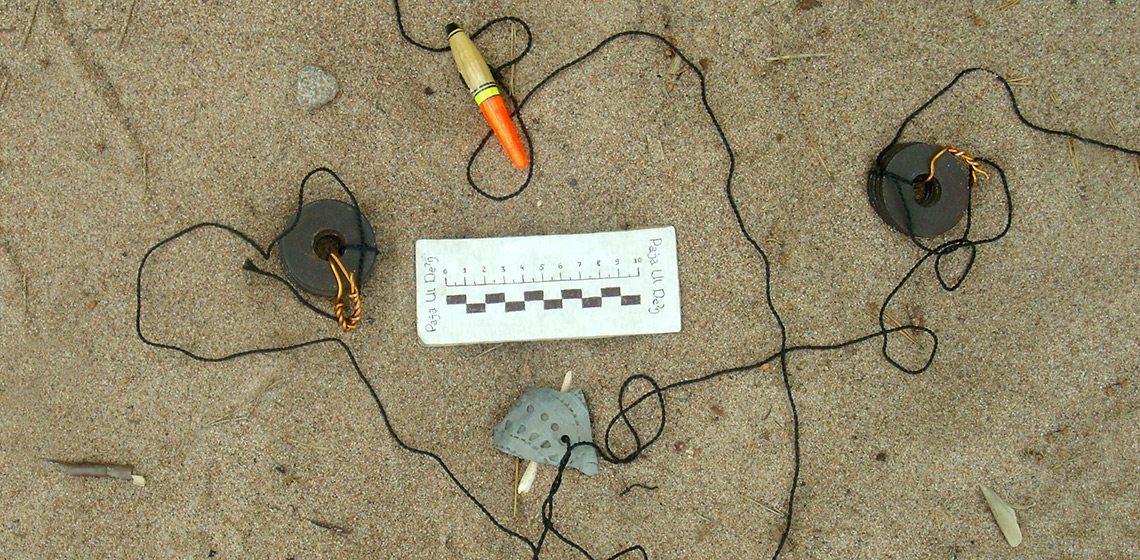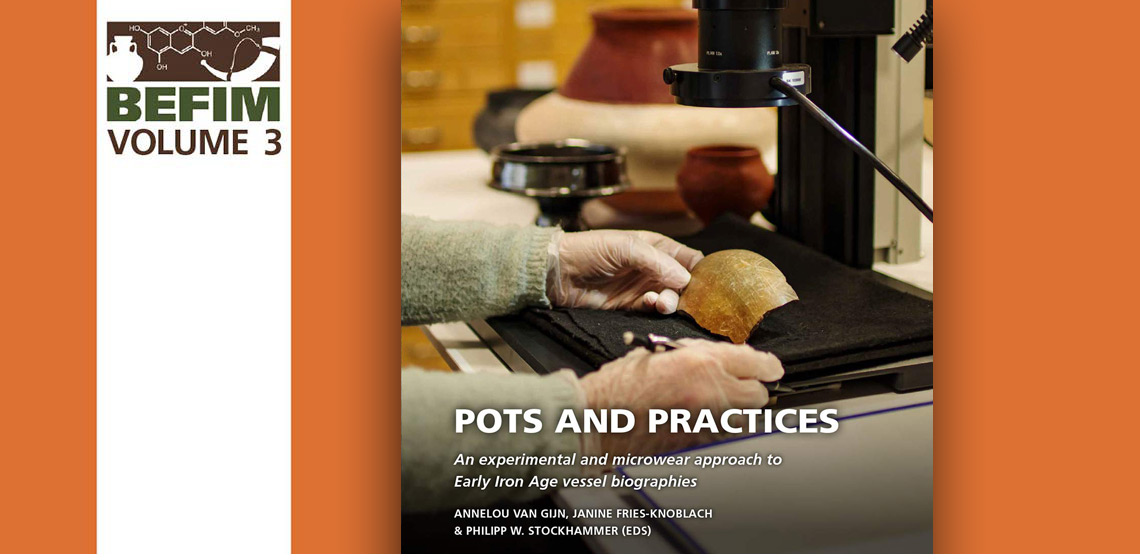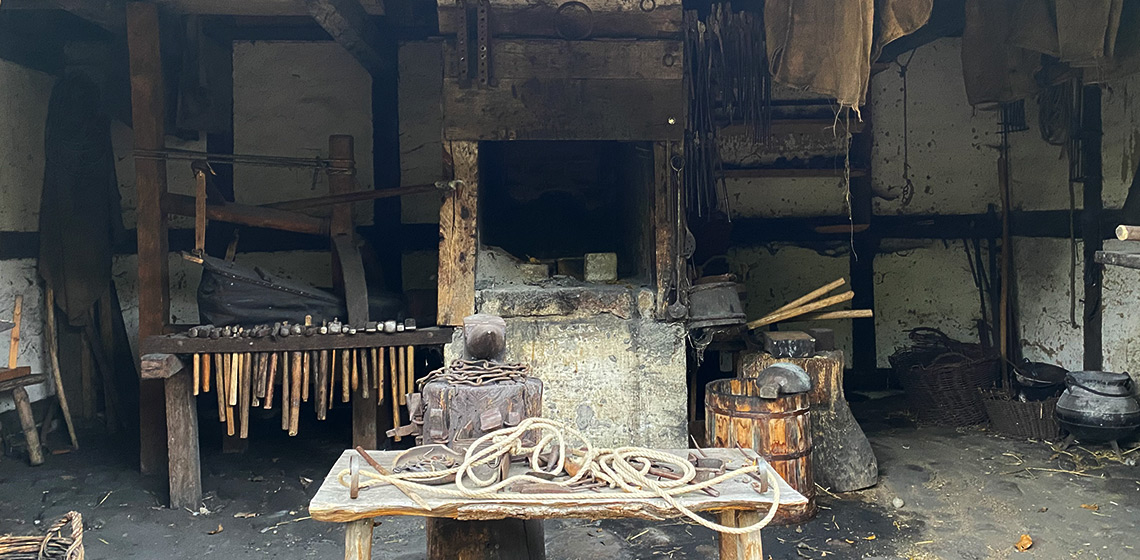EXARC Journal Issue 2022/1



13 Articles | DOAJ | Open Access
ISSN: 2212-8956
Publishing date: February 25, 2022
📄 EXARC Journal 2022/1 Table of Contents
Copyrights: EXARC, 2022
Listen in to this first episode of "EXARC Extracts", where we provide you with a short summary of the articles in the latest issue of the EXARC Journal. From fire hearths to horse armour to amber to lime mortar, this edition is packed full with interesting experiments and inspiring discussions! Matilda Siebrecht summarises the reviewed articles from the 2022/1 issue of the EXARC Journal. It includes ten reviewed articles as well as three unreviewed mixed matter articles.
Reviewed Articles
Pilot fires: Preliminary Report from Interdisciplinary Actualistic Fire Experiments
Publication Date
Hearth formation processes are complex. They involve multiple actions, reactions, and activities before, during, and after an active fire and can also impact a wide range of materials and sediments at an archaeological site. Archaeologists approach combustion features and formation processes from multiple analytical perspectives...
Experiments with Lime Mortars containing Charcoal and Ashes
Publication Date
We encountered a number of cases in the published archaeological studies where ashes and charcoal were used as aggregates in ancient lime mixtures. These mixtures were tested in a small number of experiments, and this paper presents the results. Our tests confirmed that charcoal retains moisture and can be used to help mortars retain water...
Different Types of Needles for Specific Uses? Experimental Reproductions of some Finds from Aradetis Orgora, Georgia
Publication Date
This research aimed to evaluate some new hypotheses about the production and use of a class of pointed tools from the Bronze Age layers of Aradetis Orgora (Georgia), which have been traditionally considered as pins. Its main goal was to provide an alternative interpretation of their function, namely as tools used in basketry...
Facilitated Dialogue: An Emerging Field of Museum Practice
Publication Date
The notion of dialogue is considered essential in contemporary museology. Since the 1970’s, when Cameron (1971) put forward the idea of museums as forums rather than temples, dialogue is linked to the process of democratization of museum functions and narratives and the inclusion of local communities (Sandell, 2002)...
Evaluation of Mail Horse-Armour
Publication Date
This study was undertaken to gain an understanding of the effectiveness of mail armour in protecting horses against arrow shot, and to assess the circumstances in which such armour might play a useful role. Since the protection given by mail is largely dependent on the thickness of the underlying padding, a preliminary step was to estimate the maximum thickness of padding that could be worn by the horse...
The Little Bowl That Could! Experimental Iron Smelting in a Bowl Furnace
Publication Date
The bowl furnace has been a somewhat neglected topic in the early history of iron making, often overshadowed in experimental work by the shaft furnace. This assessment attempts to re-evaluate the position of the bowl furnace in early iron-making - firstly by looking at how it is regarded in scholarly literature, and secondly, through an experimental reconstruction programme...
Acutus’ Eagle Bone and Two Bone Tubes with Holes Found in A Roman Fleet Base in The Netherlands - About Signalling Whistles and Animal Calls
Publication Date
At the location of a former Roman military fort and fleet base existing from AD 15-28 in Velsen, The Netherlands, more than 3000 bones and bone fragments were excavated. Three of these can be interpreted as musical instruments. Two bone tubes, of a roe deer and a stork, are provided with one and three holes respectively, on the third, a length of an eagle wing bone with one joint removed...
Experiments and Thoughts on Amber Working during the Iron Age
Publication Date
Amber is a fossilized plant resin found in many areas of the world, such as the Baltic Sea coastline, in Central-and South America and, more rarely, in southern Italy.
The following work aims to introduce the reader to some experiments carried out on raw Baltic amber cores, using different techniques and tools with the purpose of verifying how effective these tools can be, and any reaction of the amber...
Copper Smelting Could Have Been Discovered in Connection with the Massive Production of Lime Plaster in the Near East During the Pre-Pottery Neolithic B, which is Much Earlier than Previously Believed
Publication Date
A common theory is that copper smelting first appeared in the Near East in close connection with the early pottery industry. However, copper smelting may well have been discovered many times in history and at many places. Our hypothesis is that copper smelting could have been discovered when the copper-bearing mineral malachite, accidentally or intentionally, was present in lime-burning kilns...
Preliminary Observations of Potsherds Rounding in the Estuary of the Morye River – an Analog of Paleo-Okhta
Publication Date
One of the arguments proposed for interpreting the Neolithic site of Okhta as a settlement is the fact that potsherds found upon the site show no signs of rounding. Interpretation of the site as a settlement correlates poorly with the geological data, which suggests that, in the Neolithic period, the site was the bottom of a shallow bay of the Littorina Sea into which Paleo-Okhta and Paleo-Tosna flowed...


